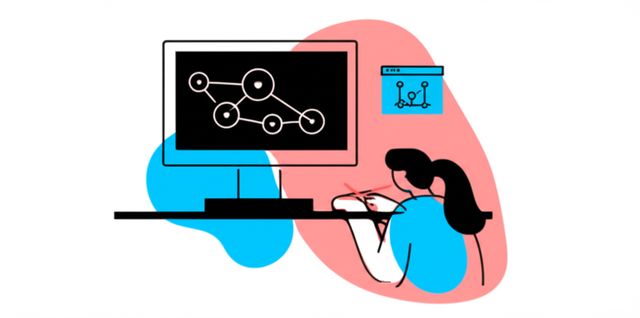Technical Animator
Technical Animators bring characters, environments, and objects to life in digital media such as films, games, and television shows. The three key areas of technical animation are modeling, rigging, and animation. Modeling is the process of creating a 3D representation of a character or object. Rigging involves creating a skeleton and control system that allows the model to be animated. Animation is the process of bringing the model to life by manipulating its bones and joints.
Education and Training
While many Technical Animators hold a bachelor's degree in computer animation, fine arts, or a related field, it is not strictly required. Rigorous coursework in art, computer science, 3D modeling, rendering, design, and storytelling can prepare learners for this career. Many Technical Animators enter the field through an associate degree or certification program. Certification can also be a helpful way to supplement more generalist degrees and prepare for this role.
Skills
Technical Animators should have:
- Advanced knowledge of 3D animation software such as Maya, Blender, Houdini, and Cinema 4D
- A strong understanding of anatomy and biomechanics
- Excellent artistic and design skills, including an understanding of color theory, composition, and perspective
- Strong problem-solving and critical thinking skills
- The ability to work independently and as part of a team
Job Outlook
The job outlook for Technical Animators is expected to be good over the next few years. The increasing demand for high-quality animation in films, games, and television shows is expected to drive growth in this field.
Salary Expectations
The salary for Technical Animators can vary depending on their experience, skills, and location. According to the U.S. Bureau of Labor Statistics, the median annual salary for animators and multimedia artists was \$77,700 in May 2021. The lowest 10 percent earned less than \$42,400, and the highest 10 percent earned more than \$124,280.
Career Growth
Technical Animators can advance their careers by developing their skills and experience. They can also move into management positions or become specialized in a particular area of animation, such as character animation, environment animation, or motion capture.
Day-to-Day Responsibilities
The day-to-day responsibilities of a Technical Animator may include:
- Creating 3D models of characters, environments, and objects
- Rigging models so that they can be animated
- Animating models using a variety of techniques
- Collaborating with other members of the animation team
- Troubleshooting and solving technical problems
Challenges
Technical Animators may face a number of challenges in their work, including:
- Deadlines can be tight, and the work can be stressful
- The technology used in animation is constantly changing, so Technical Animators must be willing to learn new skills
- The work can be repetitive at times
Projects
Technical Animators may work on a variety of projects, such as:
- Creating character animations for films
- Developing environment animations for video games
- Producing motion capture data for use in animation
- Creating special effects for television shows
Personal Growth Opportunities
Technical Animators can experience a number of personal growth opportunities in their careers, such as:
- Developing their artistic and technical skills
- Working on a variety of projects in a creative environment
- Collaborating with other talented professionals
- Making a significant contribution to the entertainment industry
Personality Traits and Personal Interests
Technical Animators tend to be creative, patient, and detail-oriented. They also enjoy working with computers and technology. Additionally, Technical Animators often have a strong interest in art, animation, and storytelling.
Self-Guided Projects
Learners interested in becoming Technical Animators can complete a number of self-guided projects to better prepare themselves for this role, such as:
- Creating a portfolio of 3D models and animations
- Learning a 3D animation software program
- Experimenting with different animation techniques
- Collaborating on animation projects with other students
Online Coursework
Online courses can provide a great way to prepare for a career as a Technical Animator. Many online courses are available, including courses in 3D modeling, rigging, animation, and storytelling. Online courses can be a helpful way to learn the skills and knowledge needed to succeed in this field.
Conclusion
Technical Animation is a rewarding career that offers opportunities for creativity, growth, and collaboration. If you have a passion for art, technology, and storytelling, this may be the perfect career for you.


